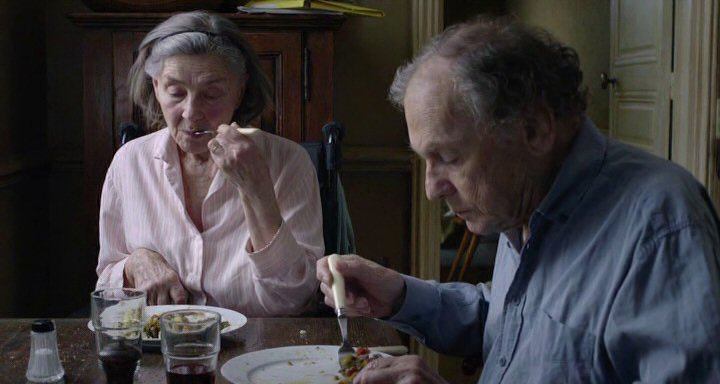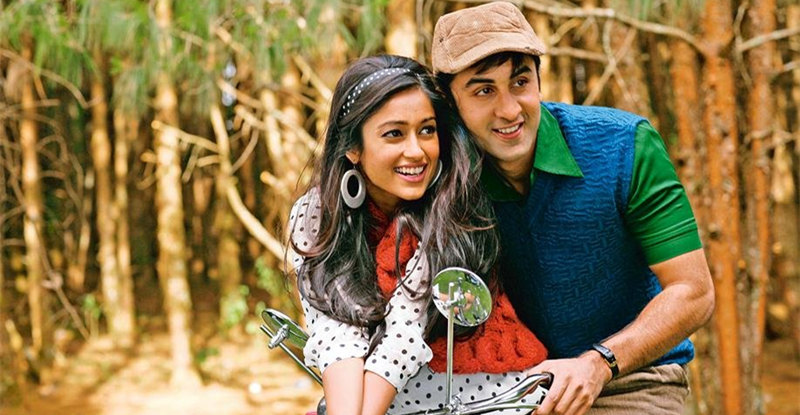It’s tempting to compare “A Werewolf Boy” to the “Twilight” series, since both deal with love between a human and a supernatural being, and both were aimed at teenage audiences.
But the differences in the films—and they’re small, but substantial—reflect dissimilarities between Korean and American culture.
Unlike the popular “Twilight” series, there is no consummation of love in this South Korean romance. Love in South Korean films is often unrequited, forbidden, or ill fated—all conditions that lend themselves to a more chaste and proper story.
We get that in “A Werewolf Boy,” which comes closer to a true Gothic romance than anything Stephanie Meyer has written. There are genuine moments of horror, and the setting is given more prominence in this 2012 South Korean fantasy. The werewolf boy isn’t just an über bad boy that a teen girl finds attractive. He’s as misunderstood as Frankenstein’s monster, and with a similar nature.
“A Werewolf Boy” is narrated in flashback, as sexagenarian Kim Suni, now living in the United States, gets a phone call from a realtor in South Korea informing her that her family’s old home is up for sale. “I have to go,” she tells her family. She’s met by a granddaughter, and as they drive to the country house Suni remembers her teenage years in the ‘60s when she moved here from Seoul with her widowed mother and sister . . . and the unforgettable experience she had when she discovered a feral boy (Song Joong-ki) who appeared to be slightly older than she.
Thinking he’s a Korean War orphan, Suni’s mother informally adopts him, and Suni names the boy Chul-soo and tries to teach him how to eat, how to speak, how to write, and generally how to be a human. But as a relationship develops between the two teens, Ji-tae (Yoo Yeon-seok), the son of her late father’s business partner, grows jealous and tries to make trouble.
The appeal for Korean teens is obvious. Park Bo-young exudes charm and beauty as young Suni, and there’s something inherently dangerous about every exchange she has with the Chul-soo. Here, though, Asian reverence for older people is also in evidence. A similar beauty is displayed by both Suni’s mother and the older Suni who recalls her youth. And while Ji-tae’s jealousy could have set up a triangle like the one in “Twilight,” again the story comes closer to “Frankenstein.” With that shift, viewers are spared the sappy romantic dialogue of the Meyer books and movies.
More than 3.6 million people saw “A Werewolf Boy” the first 12 days it was in theaters, and the film went on to become the third highest grossing Korean film of 2012. The Los Angeles Timescalled it “a beauty-and-the-beast tale” with “heart, heft, and surprises,” and that’s a pretty good summary.
“A Werewolf Boy” has a runtime of 122 minutes and is “Suggested 15 and Up.”
Video:
The film is presented in 2.35:1 aspect ratio “enhanced” for 16×9 screens, and for all the dark and hazy scenes there’s not nearly as much grain or noise as you might expect. The palette is all earth tones, with enough dark touches to fortify the mood and atmosphere of the film.
Audio:
The featured audio is Korean Dolby Digital 5.1, with an additional option in Korean Dolby Digital 2.0. Subtitles are in English only. It’s an unspectacular audio that doesn’t draw attention to itself, even when the music crescendos and the action peaks.
Extras:
A making-of feature uses a lot of raw, behind-the-scenes footage but offers more for the curious than the film student. Other bonus featurettes: “The Language of Cheol-su” and “Beautiful Wolf,” both of which feel like pre-release promos. Deleted scenes are playable with or without commentary, and the final bonus feature is a poster shoot.
Bottom line:
More sensitive than sensational, “A Werewolf Boy” is an interesting hybrid of the “Twilight” saga, “Frankenstein,” and “Beauty and the Beast.” But there are touches here that make it purely Korean. Because of that, it will appeal to more than the target audience of teens and ‘tweens.


